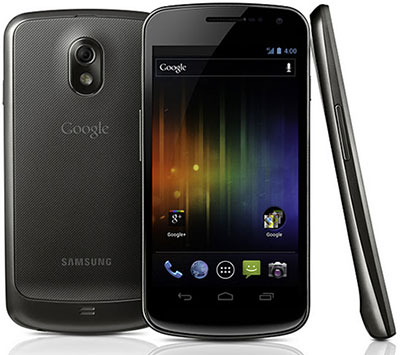
Google unveiled Android 4.0, aka “Ice Cream Sandwich,” in Hong Kong on Wednesday. The presentation was accompanied by Samsung’s announcement of the Galaxy Nexus, the first smartphone running Ice Cream Sandwich.

Ice Cream Sandwich is a redesign of the Android OS. It has a highly visual interface, a facial-recognition feature and home-screen folders.
“At one level, you could say that both Apple and Google are simply addressing the needs and wishes of increasingly sophisticated smartphone users by adding similar features and technologies,” Charles King, principal at Pund-IT, told LinuxInsider.
“As with PCs and other IT products, I expect all smartphones will evolve along similar paths,” King added.
Google did not respond to requests for comment by press time.
A Partial Ice Cream Sandwich Menu
Ice Cream Sandwich fulfills Google’s promise to release a version of Android that works on both smartphones and tablets.
It has a new font, reportedly named “Roboto,” that’s optimized for HD displays, and it can use adaptable software buttons instead of hardware buttons.
Ice Cream Sandwich has interactive notifications and resizable widgets, a faster browser a refined tab manager, and it can sync bookmarks with Google Chrome.
Further, Ice Cream Sandwich has a new People app, which combines high-resolution photos and updates from social networking services, including Google+.
The NFC feature first introduced in February to Android 2.3, aka “Gingerbread,” and included in Google Wallet, is now incorporated into Ice Cream Sandwich’s Android Beam feature.
Beam lets owners of devices running Ice Cream Sandwich share Web pages, YouTube videos, apps and other information by tapping their devices together.
Sandwich Toppings for Devs
For developers, Ice Cream Sandwich introduces various new capabilities. These include a unified user interface toolkit, new social and calendar APIs, new image and video effects, and new media codecs and containers.
It also includes new accessibility APIs and text-to-speech APIs, keychain and virtual private network APIs for managing credentials and connections, and a new administrator policy for disabling the camera.
“I think the security and facial recognition features are pretty cool,” Ramon Llamas, a senior research analyst at IDC, told LinuxInsider.
Ice Cream Sandwich doesn’t appear to include a policy capability that will let IT restrict what can and can’t be downloaded onto smartphones running the OS, a feature that might help protect corporate networks from the numerous malicious Android apps on the Internet.
However, that “may be an issue best addressed by security vendors rather than handset makers or app store owners,” Pund-IT’s King suggested.
“I do think Google deserves plaudits for Ice Cream Sandwich’s enterprise features,” King added.
Google is also releasing new versions of the software development tools (r14) and ADT Plugin (14.0) for Eclipse for devs.
Gazing at the Galaxy Nexus
The Samsung Galaxy Nexus is claimed to be the first Android smartphone to have software navigation buttons. It’s also claimed to be the first smartphone to have a 4.65-inch display with 1280 by 720, or 720p, resolution.
It has a 5 MP rear camera with LED flash, panorama mode, 1080p video capture, and zero shutter lag. On the front is a 1.3 MP camera.
Preloaded Google Mobile services include access to Android Market, Gmail, Google Maps 5.0 with 3D maps and turn-by-turn navigation, YouTube and a redesigned Google+ app.
The Samsung Galaxy Nexus has a dual-core 1.2GHz processor. It supports both 4G LTE and HSPA+ technology, which means it can run on both Verizon Wireless’ and AT&T’s 4G networks in the United States.
The device has Bluetooth, WiFi and NFC connectivity, as well as an accelerometer, compass, gyro, light, barometer and a proximity sensor.
Samsung said the Galaxy Nexus will be available in the United States, Europe and Asia in November, but company spokesperson Makenzie Blythe declined to discuss pricing and other details.




















































